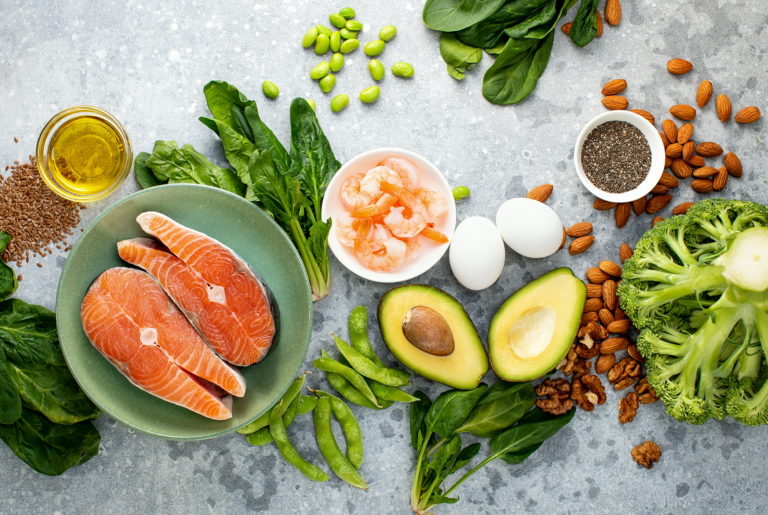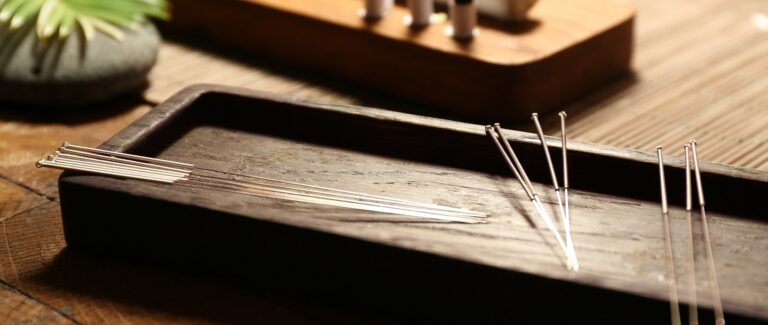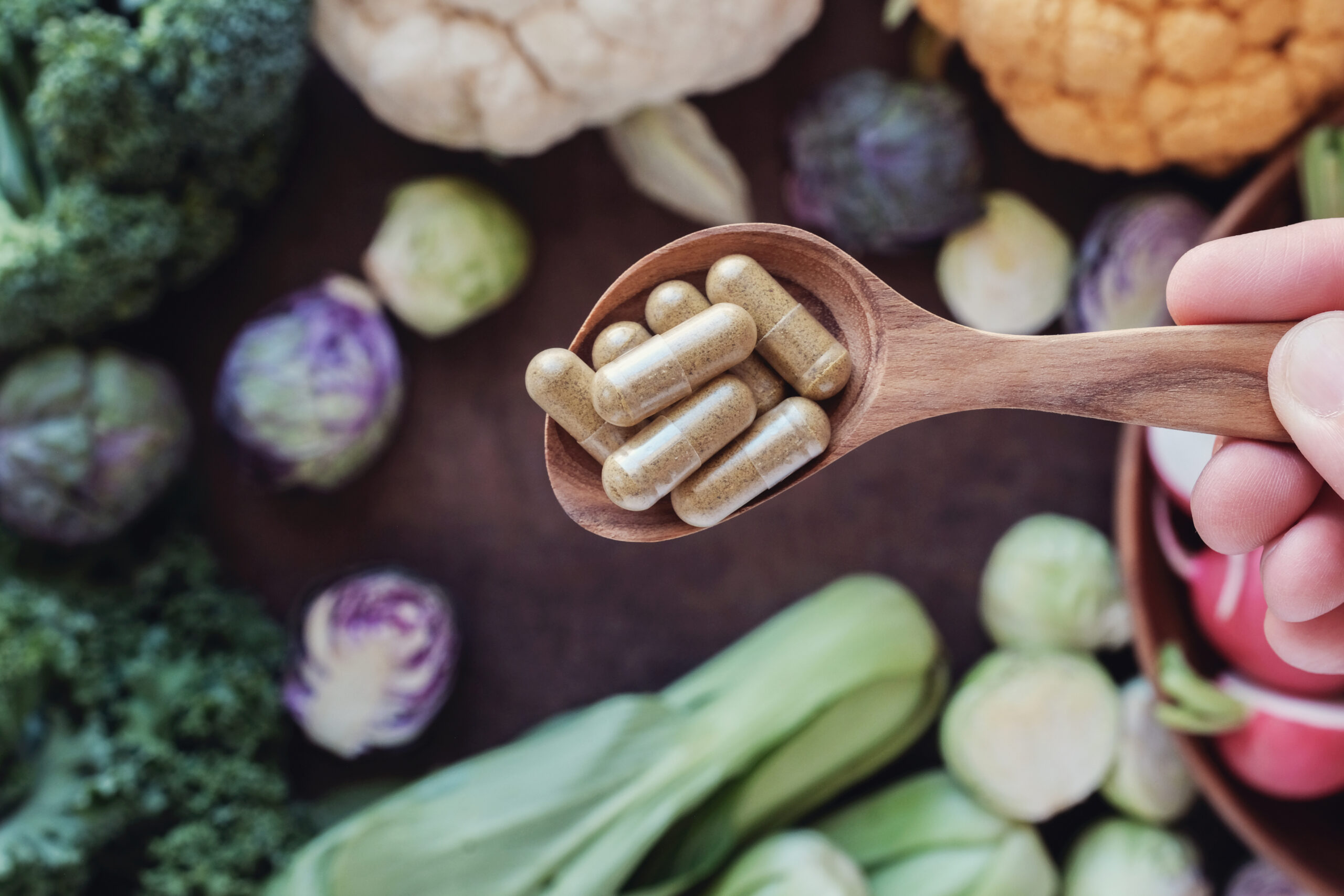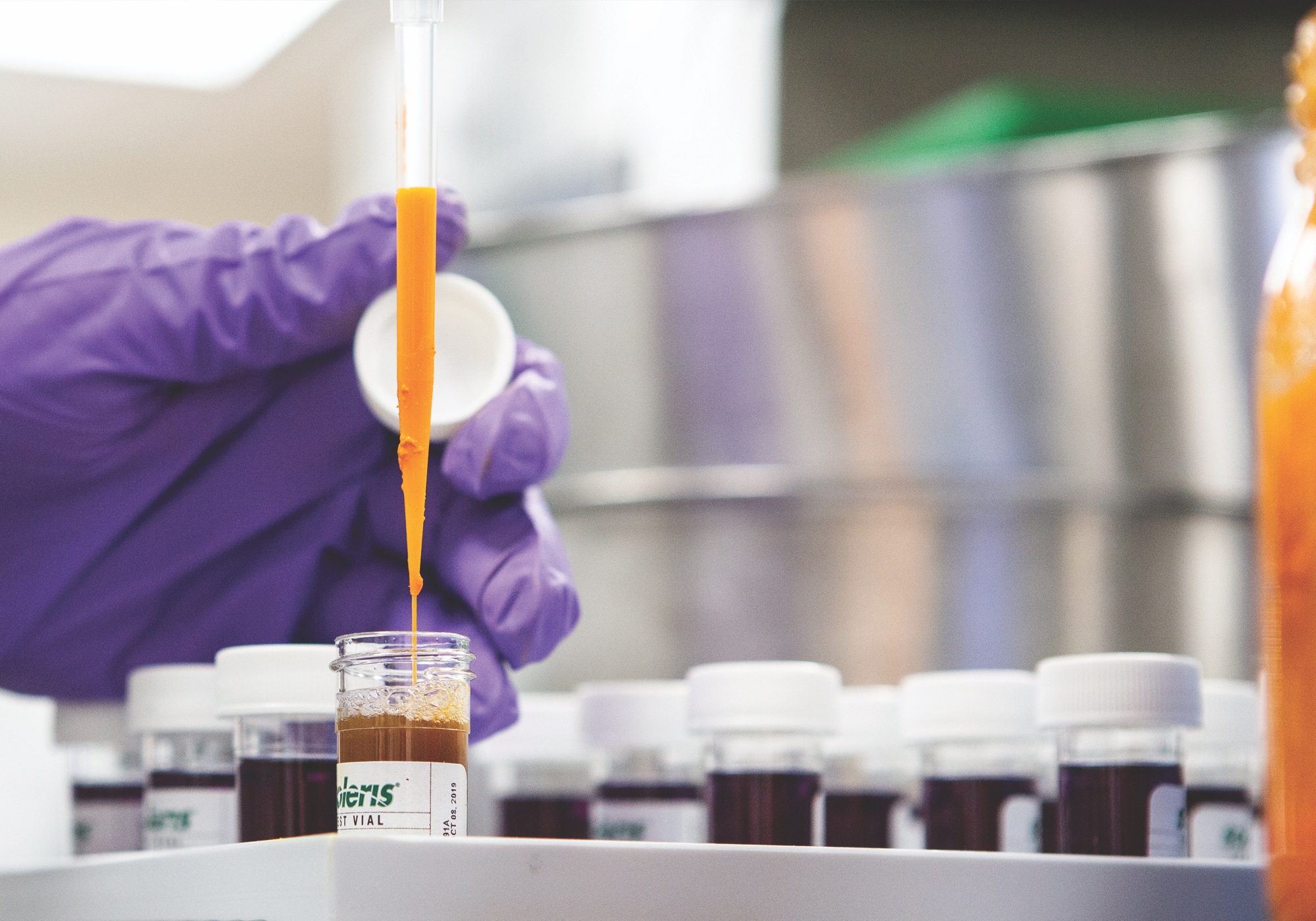Scientific name:Passiflora incarnata
Constituents:
- Indole alkaloids (harman & harmoline)
- Flavonoids (Chrysin, vitexin, isovitxein, homoorientin, orientin, rutin, kaempferol & quercitin)
- Fatty acids (linoleic, linolenic, palmitic, oleic, myristic)
- Acids (formic & butyric)
- Coumarins
- Cyanogenic glycosides
- Volatile oil
Medicinal actions:
- Analgesic
- Antispasmodic
- Bitter
- Cardiotonic
- Diuretic
- Hypotensive
- Nervine Relaxant & Sedative
Mechanism of Action & Pharmacology:
- Alkaloids (harmoline) have muscle relaxant and sedative effects.
- Flavonoids are antispasmodic, anti-inflammatory and sedative.
- Chrysin may be responsible for anxiolytic effects mediated via modulation of the GABA system including affinity to GABA receptors, and effects on GABA re-uptake. In vitro effects of an extract showed modulation of the GABA system including affinity to GABA(A) and GABA(B) receptors.
- Anti-hypertensive effects of extract may be due to the GABA-induced antihypertensive effect and partially to the vasodilatory effect of polyphenols including luteolin.
Pharmacy:
- Infusion
- Tincture
- Capsules
Safety & Toxicity Concerns:
- Possible mild nerve and muscle irritation with long-term use.
Interactions:
- Additive effects with sleep aids, barbiturates and other CNS depressants.







